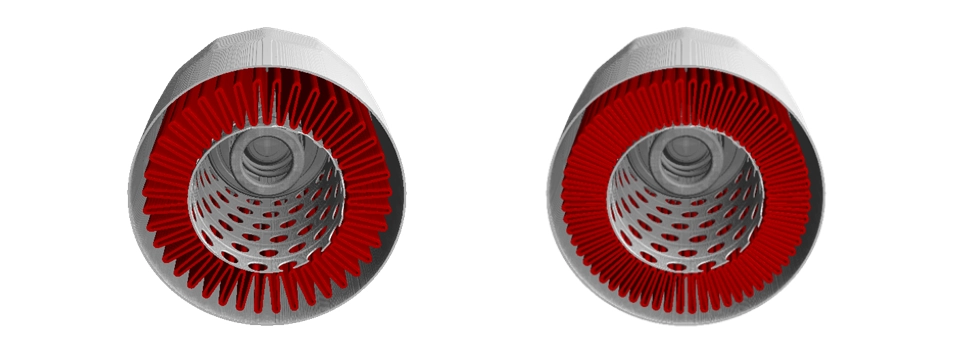Efficient workflow for optimal pressure drop of pleated filters
Abstract
In recent years, the demands of the industry to enhance filtration performance increased the use of digital tools to design new filter element shapes. Computer-Aided Design (CAD) is crucial, not just for detailed designs but also for broader simulations analyzing flow and filtration within filters.
However, conducting systematic simulations across different designs requires creating and importing CAD data into the CAE engine one by one, which can be time-consuming. To tackle this, we present a digital workflow to generate cylindrical pleat structures with variations in pleat count, thickness, and the number of porous layers in our own CAE engine, GeoDict. The creation and assessment of pleat structures is simplified, enabling a streamlined evaluation of the impact of their characteristics on key filtration parameters.
In addition to that, computational resources and simulation time of filter flow performance are reduced significantly with a multi-scale approach. Instead of simulating each fiber individually, porous layers are used, incorporating effective parameters as input parameter. These input parameters are derived from microscale simulations or flat sheet experiments.
In the presented study different filter structures are simulated to identify the most efficient configuration to minimize pressure drop while maximizing filter area. Since only the most promising prototypes undergo further physical evaluation, the result is a great reduction of costly testing phases. Moreover, cloud platforms enable simultaneous simulations of various designs and differing flow rates, enhancing overall productivity.
